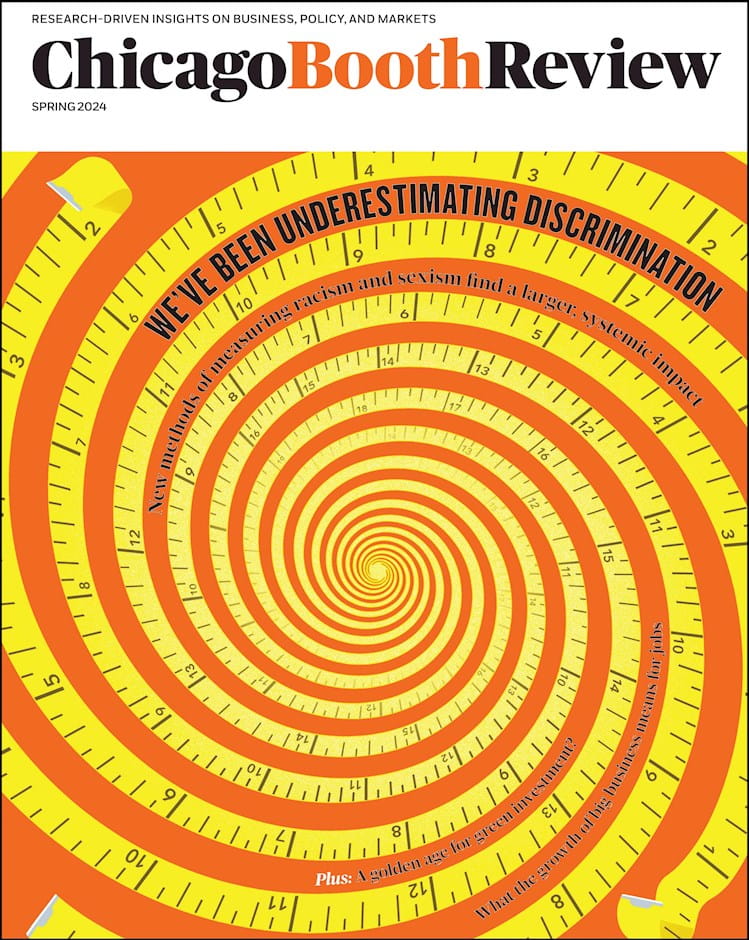
Get It Done with Ayelet Fishbach
What’s the best way to set and manage goals and exercise self-control? In this Tiny Course, a series of short videos and quick quizzes can help you start to master the science of motivation.
Get It Done with Ayelet Fishbach
